04-28,2023 | BY:SAGA Team | 3206
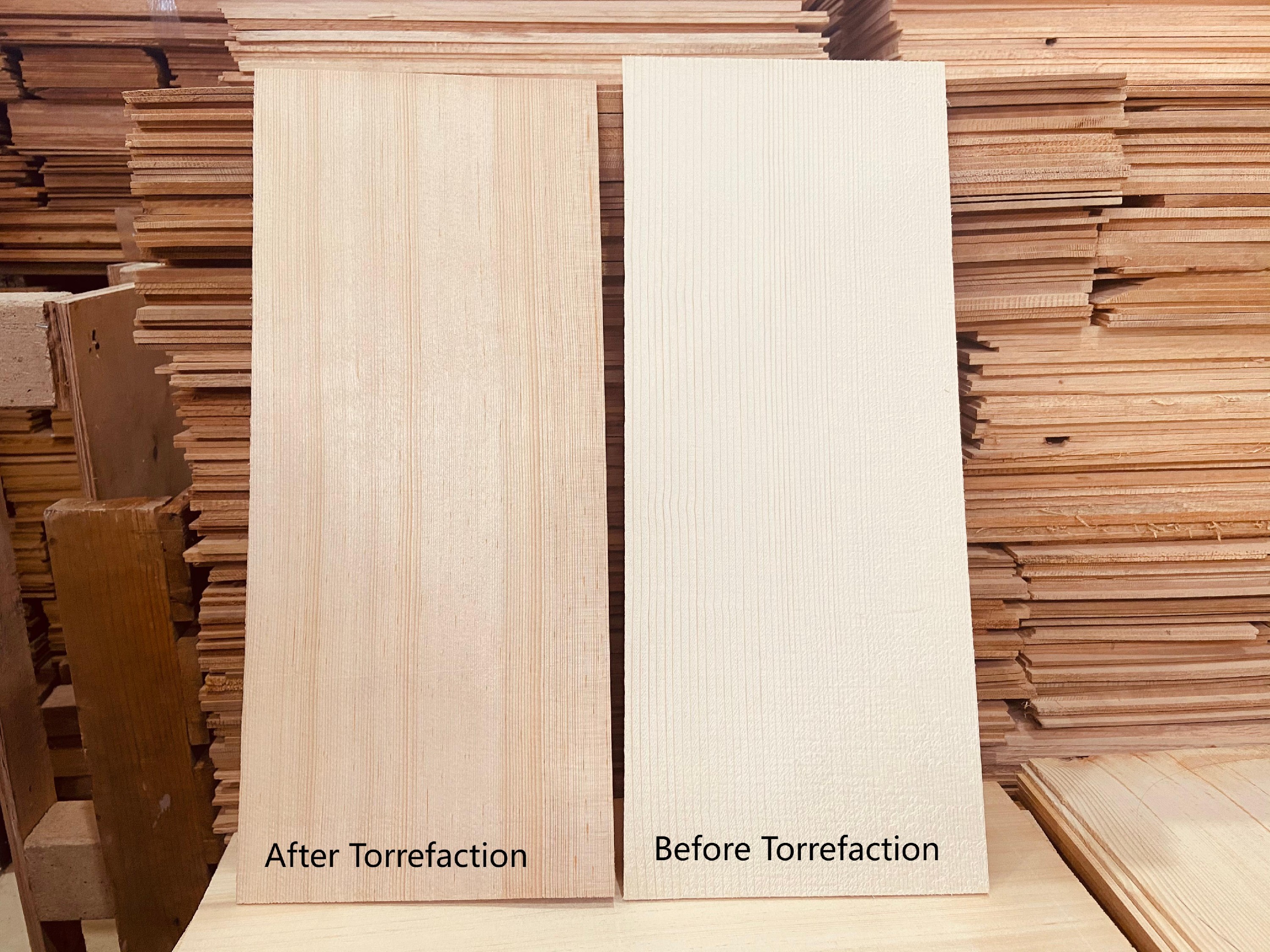
In the world of guitar manufacturing, tradition has long been held in high esteem, yet a modern scientific technique known as wood heat treatment has emerged as a disruptive innovation.
This does not involve shaping wood with flames, but rather altering the wood's intrinsic properties from within through precisely controlled heat.
What is wood heat treatment? The science of "torrefied" wood
Wood heat treatment, also known as 'torrefaction', is a controlled process in which wood is heated to high temperatures in a specialised, low-oxygen kiln. This technique is primarily used for the top board of guitars to enhance stability and optimise tonal performance.
The core objective is to reduce wood's sensitivity to humidity and temperature. The cell walls of virgin wood contain hemicellulose, lignin and cellulose. Of these, it is the hemicellulose that exhibits the strongest hygroscopic properties, acting as the main cause of wood's contraction, expansion and cracking in response to environmental changes.
The wood heat treatment process uses high temperatures to induce chemical changes and restructuring within these organic compounds, which fundamentally reduces the wood's moisture absorption rate and content.
The core benefits: Ultimate Stability and Vintage Tone
Ultimate stability
This is the most significant and direct benefit of heat treatment. Wood subjected to this 'baking' process can reduce its moisture absorption by up to 50% or more. This translates to:
- Resistance to warping: The top plate becomes less prone to distortion, offering enhanced durability and a longer lifespan.
- Crack resistance: It reduces the risk of cracking in the top due to sudden changes in temperature and humidity, enabling the guitar to adapt better to diverse climatic conditions.
Tone optimisation
Beyond stability, heat treatment delivers unexpected tonal improvements. Torrefaction enables more efficient and unrestricted transmission of sound vibrations. The result is:
- Matured tone: New instruments exhibit an open, warm and dry tone from the outset, reminiscent of aged instruments.
- Enhanced dynamic response: Faster sound initiation, clearer articulation and superior extension across high and low frequencies.
Not just “torrefaction”: the science of SAGA's precision control
Before heat treatment, we place the timber in a dehumidification room to dry it. Once it has reached a sufficiently low moisture content, the timber is transferred to the kiln.
The container in the photo is the SAGA wood heat treatment equipment.
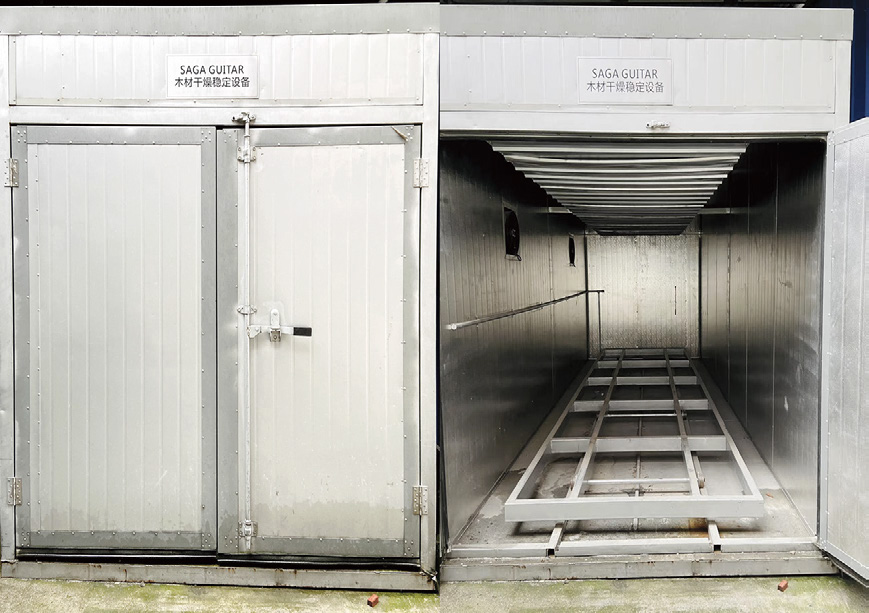
The timber is loaded into a large kiln, where the drying process occurs in multiple stages with strictly controlled temperatures. This is because different wood species (such as spruce and Koa) require different temperature-time curves. Insufficient heat yields poor results, while excessive heat causes the timber to become brittle and charred, significantly reducing its strength.
After 24 hours of drying, a heat-treated timber emerges. As you can see from the photo, there is a clear colour difference between untreated and treated spruce top, with the heat-treated wood exhibiting a distinctly yellower hue.
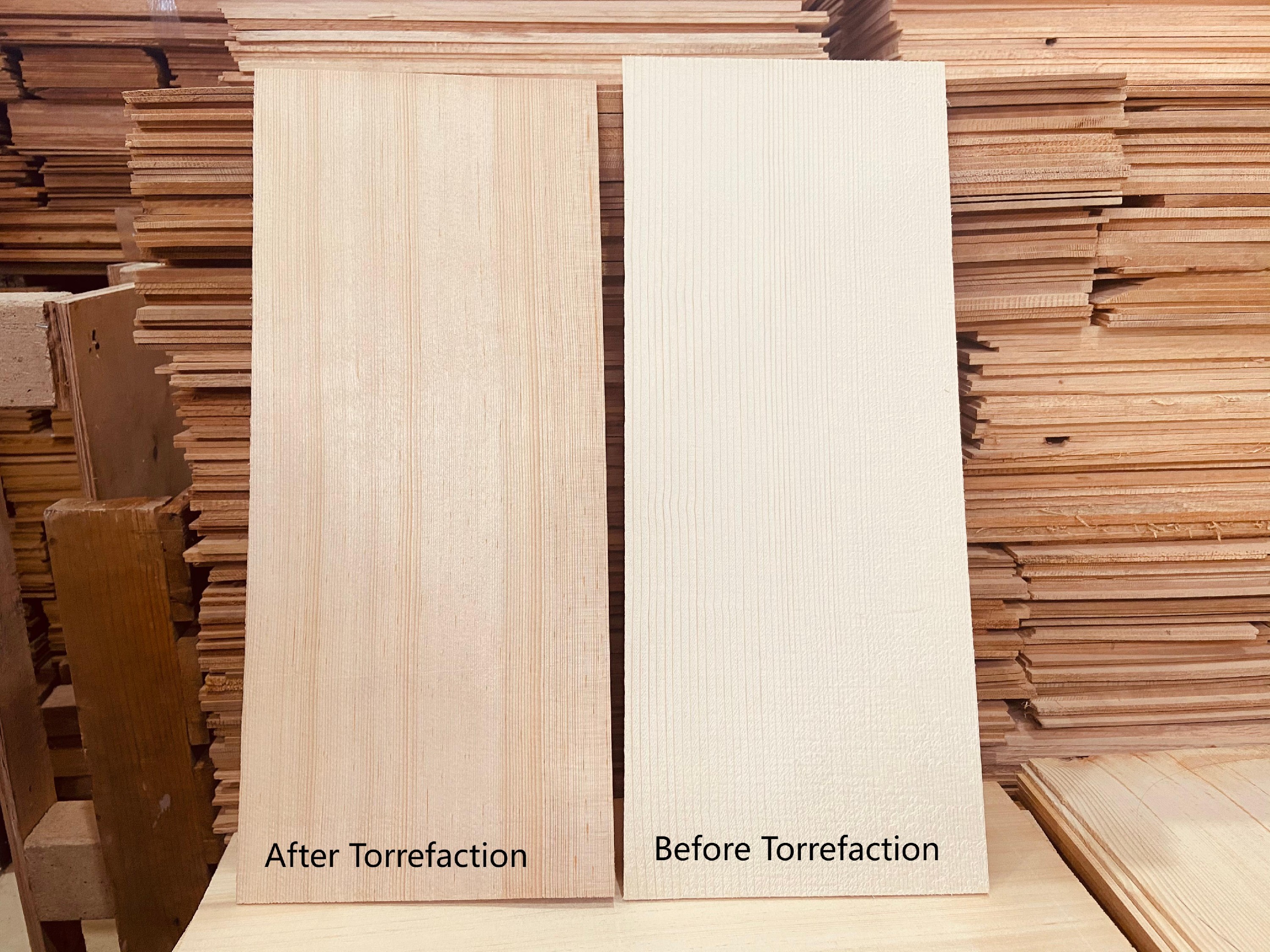
Which SAGA guitar feature torrefied tops?
Wood heat treatment is reserved exclusively for premium models among many renowned guitar brands.
However, SAGA offers a wider selection, with heat-treated tops featured on all our high-end solid-top guitars, like the A1 PRO series. Furthermore, all SAGA solid-top guitars now also have heat-treated tops, including the popular 700, 830, 800 and 850 Series. Guitar enthusiasts on a budget no longer need to worry about having to purchase an expensive guitar to benefit from this technology.
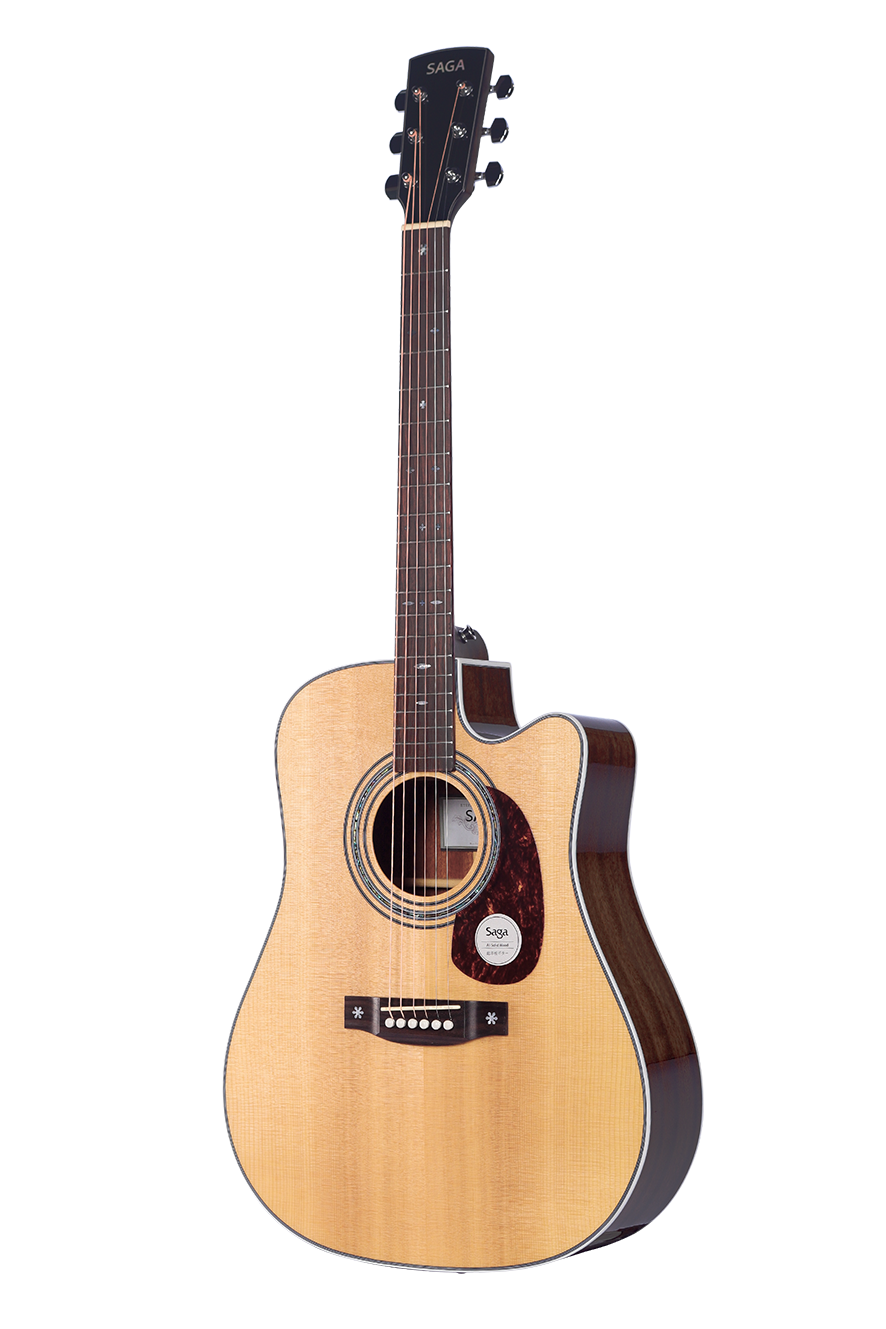
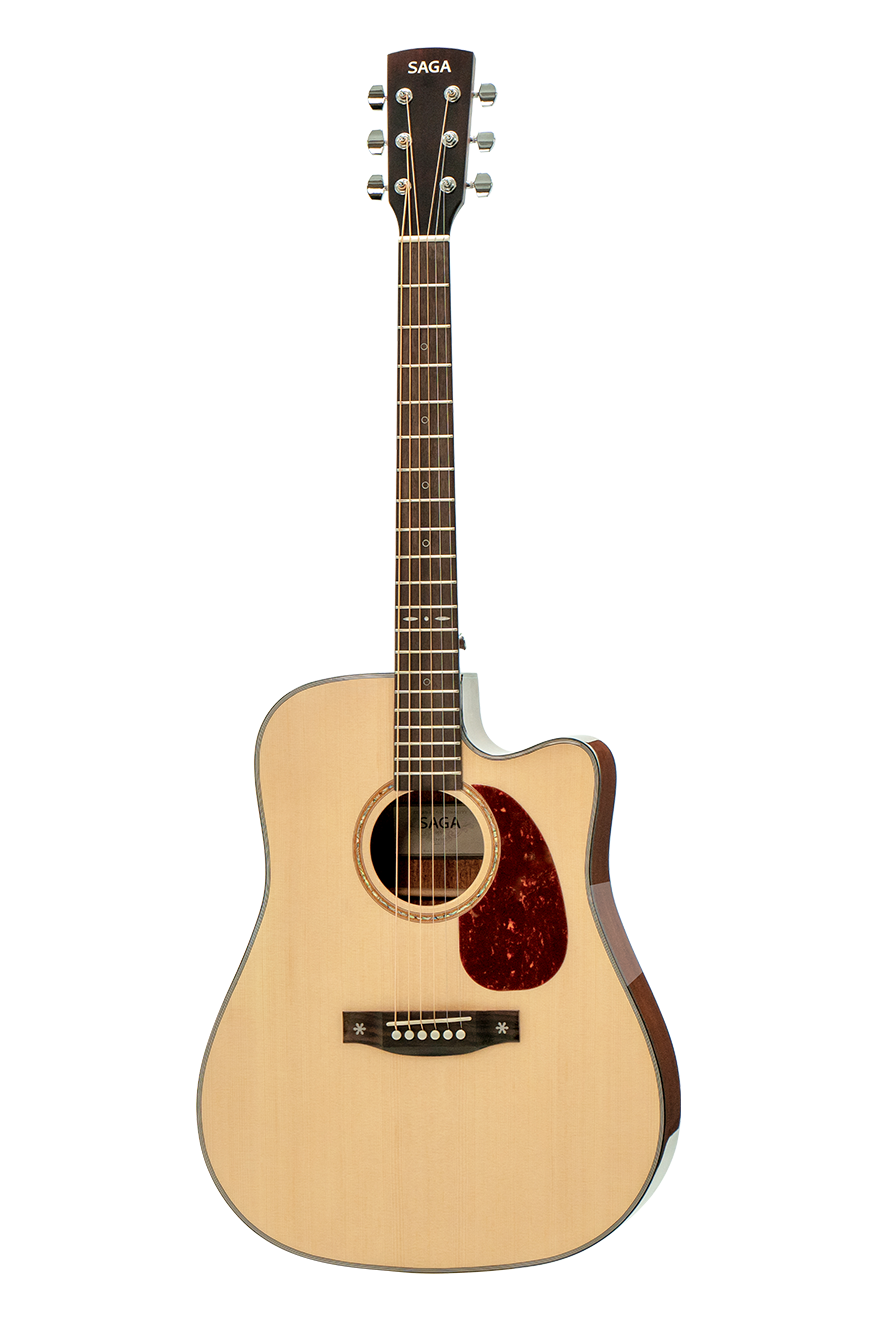
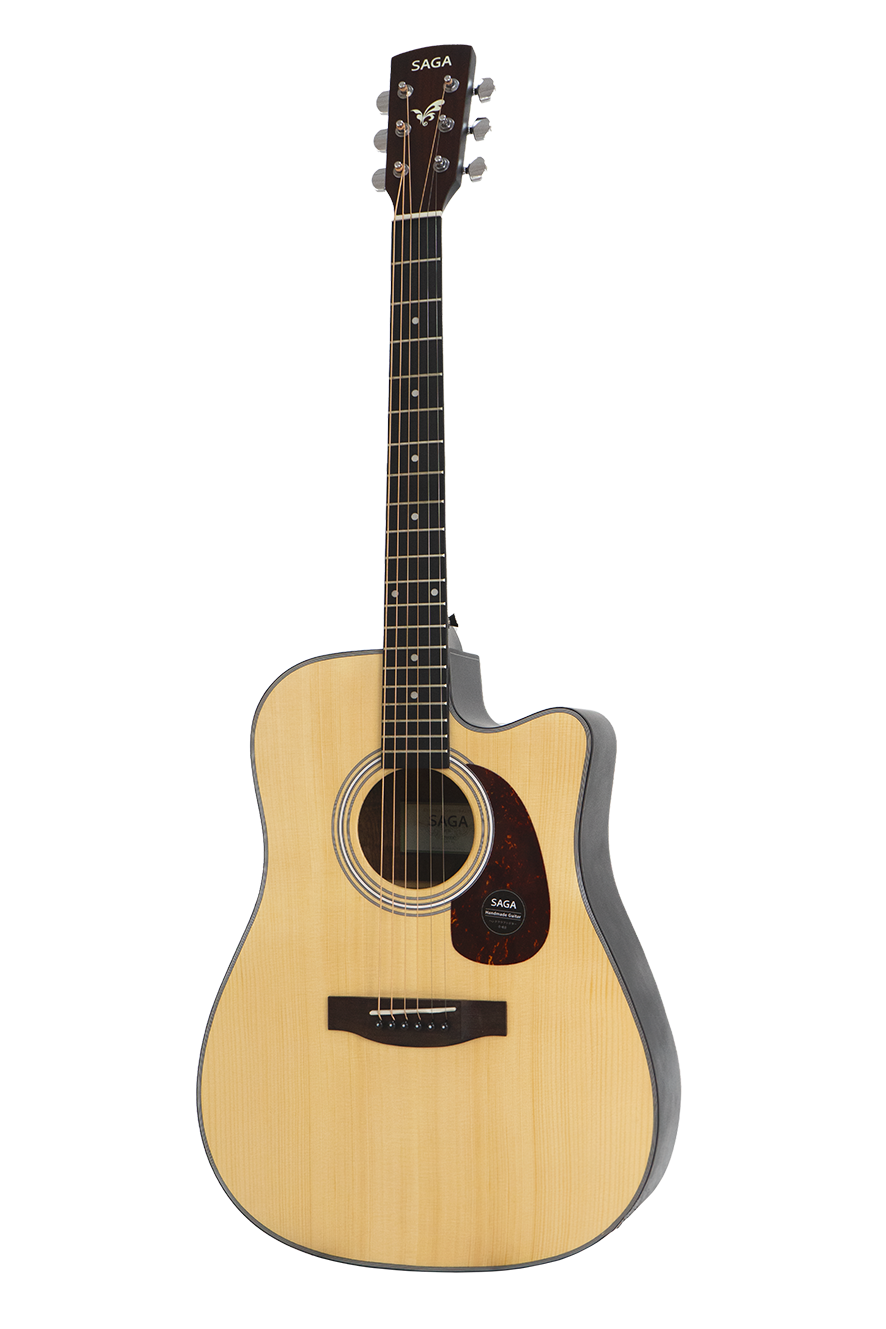
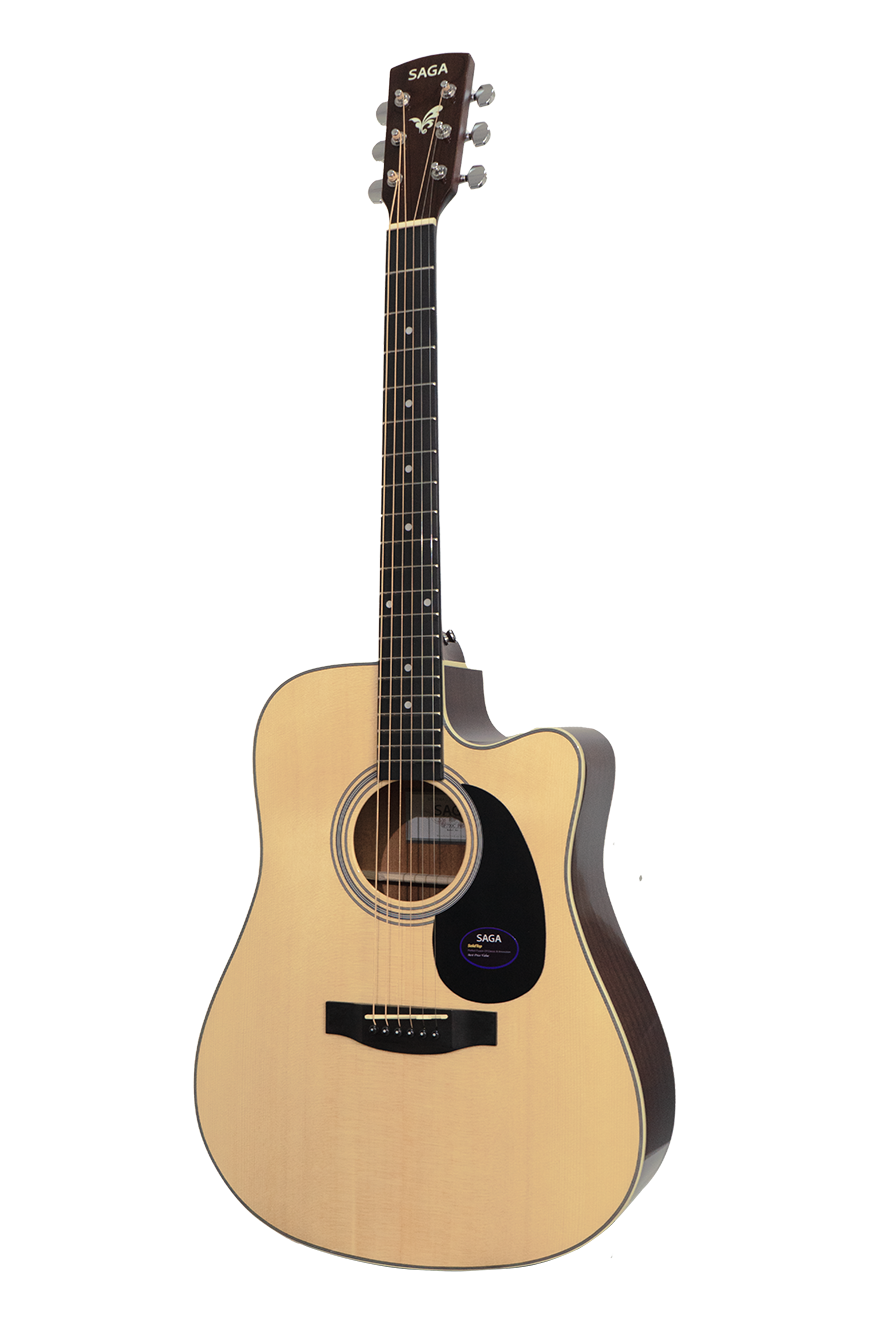
Thank you for reading.